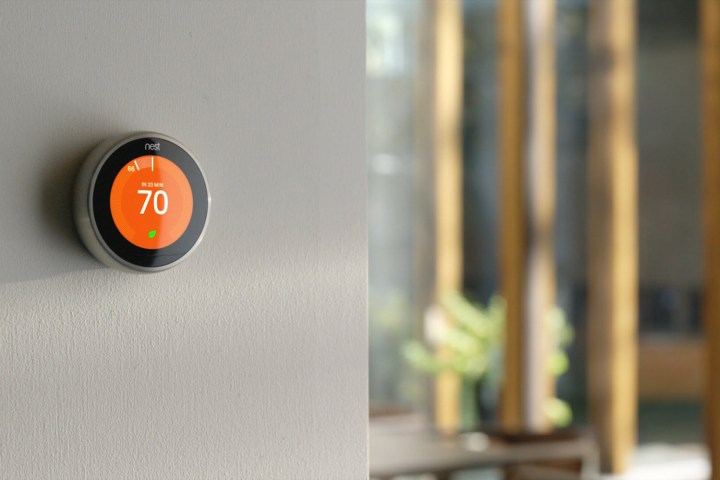
So what’s the issue? Apparently, despite a lot of great marketing, there’s actually little data to suggest that these smart home devices are improving security. But homeowners say that this lack of evidence shouldn’t stop insurance companies from encouraging these proactive measures to make houses safer.
“The insurance companies should provide an incentive,” Tony Bacon, a Chatham, New Jersey resident who has internet-connected security cameras, thermostats, and lights, told the Journal. But despite all the measures he’s taken (and the investments he’s made in technologically securing his home), his insurers aren’t cutting him a break. This is despite the fact that a number of companies offer lower premiums for customers who have “basic security devices.” Somehow, though, the advanced versions of these devices aren’t as convincing.
Regardless, the Internet of Things, particularly when it comes to the home, is clearly on the up and up. Technology research firm ABI Research forecasts around 360 million shipments of smart-home devices in 2020, more than quadruple the number of shipments this year and up nine times from the 40 million shipments logged last year.
And eventually, experts say, this will have an effect on your home insurance premiums. Ultimately, this smart technology “changes the underlying need to have insurance,” Sean O’Neill, a partner at consultant Bain & Co, said. “If you take down severity and frequency of losses, that’s basically what premium dollars support. So the question is, at some point do premium dollars fall significantly?”
As we wait for the data to come in, however, the answer could be years. Potentially up to a decade.
But don’t let that stop you from creating a safer, smarter home. One day, all those connected devices could pay for themselves. You’ll just have to wait.
Editors' Recommendations
- Home Depot’s Hubspace is a great way to start building your smart home
- What is IFTTT and how can you use it in your smart home?
- Nest Secure will be discontinued in April – prepare your smart home with these steps
- Kohler reveals luxurious smart home products that turn your bathroom into a spa
- How to save money with your smart home this winter


